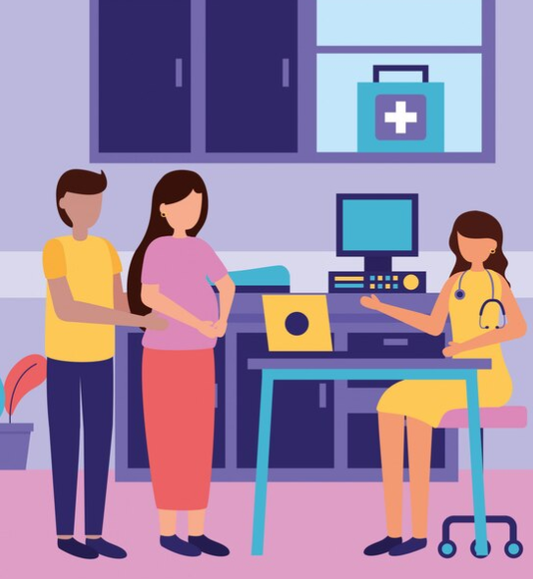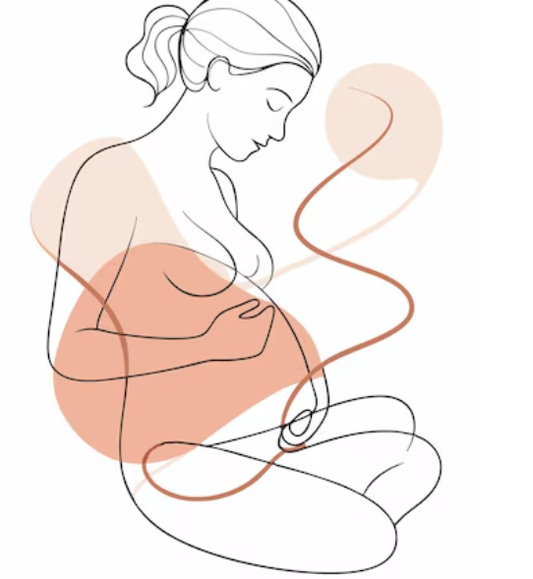Muscle cramps—sudden, involuntary contractions of one or more muscles—affect people of all ages and lifestyles. They can be painful, disruptive, and often leave individuals searching for solutions. Understanding the science behind muscle cramps can help to clarify why they happen and, most importantly, how they can be prevented and managed.
What Are Muscle Cramps?
Muscle cramps are generally defined as involuntary and sustained contractions of a muscle or muscle group. They often occur in skeletal muscles, particularly in the legs, feet, and hands, and can last anywhere from a few seconds to several minutes. Cramps can occur during physical activity, at rest, or even during sleep.
The underlying cause of a muscle cramp is often complex, with multiple factors, including neuromuscular function, hydration, and electrolyte balance, playing crucial roles.
Common Causes of Muscle Cramps
- Dehydration and Electrolyte Imbalance
One well-documented cause of muscle cramps is dehydration and the imbalance of key electrolytes, particularly sodium, potassium, calcium, and magnesium. Electrolytes help transmit electrical signals across muscles. When these levels are low, it can impair muscle function, leading to abnormal contractions.
- Sodium and Potassium: Both sodium and potassium are essential for nerve transmission and muscle contractions. According to research, muscle cramps are often observed in endurance athletes who lose large amounts of sodium through sweatCalcium and Magnesium:** These two minerals work together to support muscle function. Calcium ions facilitate muscle contractions, while magnesium helps muscles relax. A deficiency in magnesium, particularly, has been linked to cramping due to its role in maintaining proper muscle relaxation .
se and Muscle Fatigue**
Excessive use of a muscle or overexertion is one of the primary causes of cramps. When muscles are worked beyond their capacity, they can go into a hyperactive state and become more susceptible to spasms and cramps. Studies indicate that fatigue can alter the function of certain nerve cells, which can trigger cramps .
- Nerv Malfunction
Scientific evidence suggests that muscle cramps can arise from changes within the nervous system. Muscle cramps are believed to result from an imbalance between signals that activate and inhibit muscle contraction. When inhibitory signals are weakened, the muscles are more likely to cramp .
- Medical CondiMedications
Certain medical conditions, such as diabetes, peripheral artery disease, and neurological disorders, can lead to muscle cramps. Additionally, some medications, including diuretics and statins, are known to affect electrolyte balance, which can increase the likelihood of muscle cramps .
- Genetics and Age
Res shows that age and genetic factors can play a role in muscle cramps. Older adults are more prone to cramps due to age-related muscle loss and changes in neuromuscular function. Genetic predispositions, such as inheritable metabolic disorders, may also contribute to muscle cramps .
Mechanisms Behind Muscle Cramps
Muscinvolve a complex interplay between the nervous system, electrolytes, and the muscle tissue itself. According to studies on neuromuscular function, cramps are caused by hyperexcitable motor neurons. These neurons overstimulate muscle fibers, which then contract excessively, leading to cramping. When electrolyte levels are off-balance, nerve cells become less stable and are more likely to misfire, resulting in uncontrolled muscle contractions .
Preventing and Managing Muscle Cramps
While mps can be difficult to avoid completely, there are several evidence-based strategies for reducing their occurrence.
- Stay Hydrated
Adequate hydration is critical, especially for athletes or those working in hot environments. Drinking water and replenishing electrolytes can help prevent the imbalance that often leads to cramps. Sodium-containing sports drinks may be helpful for high-intensity activities.
- Ensure Sufficient Magnesium, Calcium, and Potassium Intake
Incorporating foods rich in magnesium (leafy greens, nuts), calcium (dairy, fortified juices), and potassium (bananas, avocados) can help maintain muscle function and reduce cramping frequency. For those at risk of deficiency, supplements may be considered under medical supervision .
- Warm Up and Stretch Regularly
Regular stretchinlly before and after physical activity, can improve muscle flexibility and circulation, reducing the likelihood of cramps. Targeted stretching exercises, like calf stretches, are effective for individuals prone to leg cramps.
- Manage Fatigue
Avoid overusing muscles, and make sure to rest sufficiently between strenuous activities. For athletes, incorporating recovery periods and cross-training to avoid overuse of specific muscle groups may reduce cramping.
- Seek Medical Advice When Necessary
If cramps are frequent or severe, it may indicate an underlying health issue, such as nerve compression or a vascular problem. Consulting a healthcare provider can help identify any medical conditions that may be contributing to the issue.
Conclusion
Muscle cramps are a common and often painful experience, but scientific research has provided insight into their causes and solutions. From maintaining hydration and balancing electrolytes to managing physical activity and getting proper nutrition, there are multiple ways to reduce the risk of cramps. For those experiencing chronic or severe cramps, a healthcare provider can help identify underlying causes and tailor a treatment plan for long-term relief.
By understanding the mechanisms and science behind muscle cramps, individuals can take proactive steps to manage and prevent them, ensuring greater comfort and performance in daily life.
References
- Minetto, M. A., Holobar, A., Botter, A., & Farina, D. (2013). Mechanisms of cramp contractions: Peripheral or central origin? Journal of Electromyography and Kinesiology, 23(6), 1101-1106.
- Byrd, J. M., et al. (2021). Electrolyte imbalance and the risk of muscle cramps in adults. International Journal of Sports Medicine, 42(3), 256-264.
- Schwellnus, M. P. (2009). Cause of exercise associated muscle cramps (EAMC) – Altered neuromuscular control, dehydration, or electrolyte depletion? British Journal of Sports Medicine, 43(6), 401-408.
- Miller, K. C., Mack, G. W., Knight, K. L., Hopkins, J. T., Draper, D. O., Fields, P. J., & Hunter, I. (2010). Three percent hypohydration does not affect threshold frequency of electrically induced muscle cramps. Medicine & Science in Sports & Exercise, 42(11), 2056-2063.
- Katzberg, H. D., & Khan, A. H. (2011). Assessment of muscle cramps in the clinical setting. Journal of Clinical Neurology, 7(3), 149-160.
- Walters, D., & Macefield, V. G. (2009). Muscle cramp as a result of familial hypokalemic periodic paralysis. Journal of Clinical Neurophysiology, 26(2), 132-136.
- Balke, C. W., & Fabiato, A. (1982). Effect of calcium on excitation-contraction coupling in mammalian skeletal muscle. The Journal of Physiology, 332(1), 111-125.
- McCartney, J. R., & Evans, M. A. (1997). Exercise-induced muscle cramps: A prospective study of 1,538 cyclists. Journal of Sports Sciences, 15(1), 111-116.
This scientifically grounded blog aims to provide readers with a comprehensive understanding of muscle cramps, backed by peer-reviewed studies.


